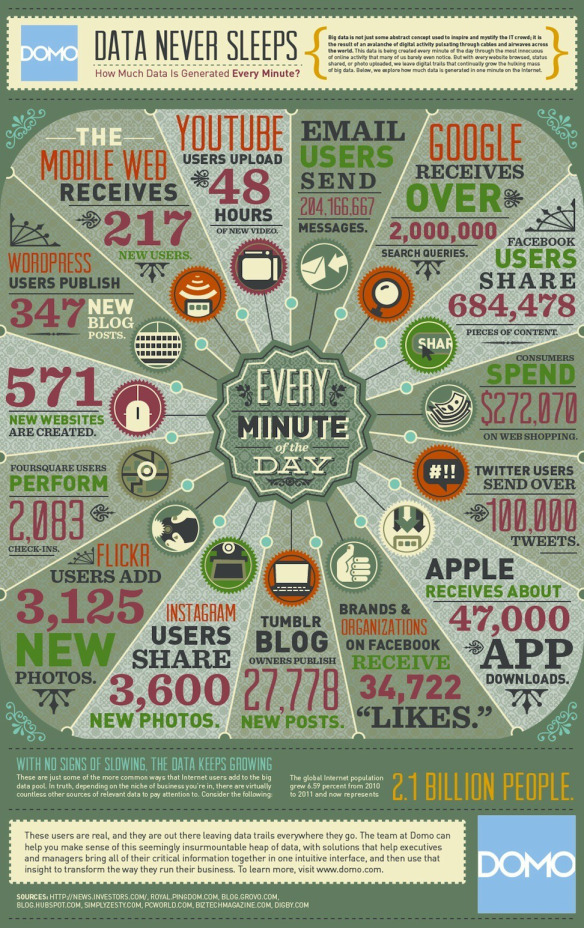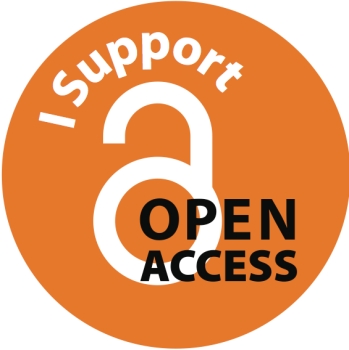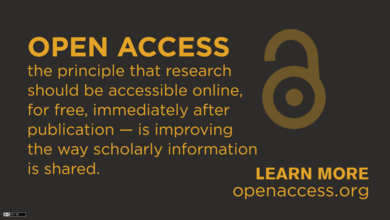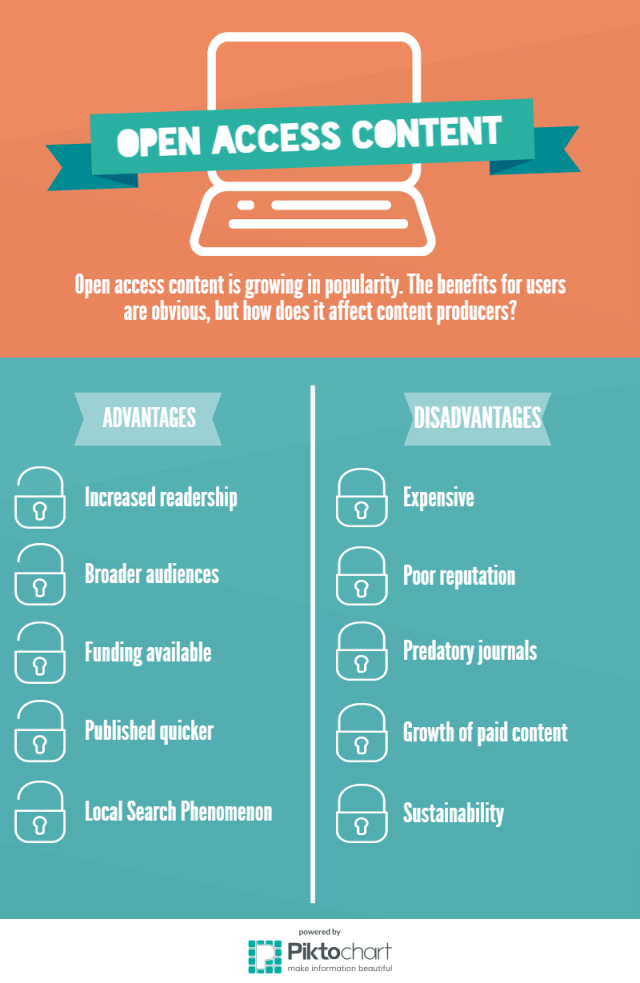
Topic 5: Do we still really have a right for education?
Or has it become a luxury? Nowadays, content accessing academic content online can cost you around £100 and it might start to seem a bit unfair.
Continue reading →

















